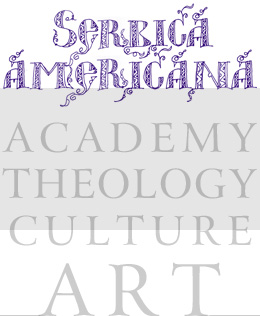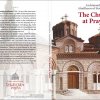You’d expect to toast “Živeli!” with a drink in hand on one of the famous splavs, or floating clubs, in Serbia’s capital, Belgrade. What you might not expect is that some travelers are toasting in Serbian monasteries — with Serbian monks. There are over 400 monasteries of the Orthodox faith in Serbia — including a few that are UNESCO World Heritage sites —with approximately 200 still actively in use and managed by monks and nuns. Many of these monasteries are open to the public for religious and historical tours and close-up views of magnificent medieval frescoes. Unless you’re a fan of history, a monastery tour in Serbia may not sound like the most exciting time, but that's where you’d be wrong. See, there’s one interesting aspect of these monasteries that most people don’t know about: in Serbia, monks sell homemade alcohol.
Read more: Travel + Leisure





